
Matt Davies
Wind energy generation has grown very quickly in the UK over the past ten years, and for good reason. It’s a promising source of renewable energy that is being harnessed to power homes and businesses with green electricity. As the cost of wind power continues to drop, consumers can expect greater access to sustainable electricity.
How is wind energy generated?
Wind energy is created as a result of changes in the earth’s temperature. The planet’s surface consists of uneven terrain, such as mountains, hills and oceans. This creates variations in air temperature throughout the globe. The uneven heating causes warm air to rise, as cold air replaces it. The resulting change in air pressure generates wind, which can be turned into energy thanks to wind farms.
Wind farms are large groups of wind turbines. The turbines typically look like very tall windmills, around 150 metres tall, with propeller-like blades fixed around a central hub. As the blades rotate, kinetic energy is turned into electricity, which is sent to the National Grid. Wind farms can be based onshore (on land) or offshore (out at sea).
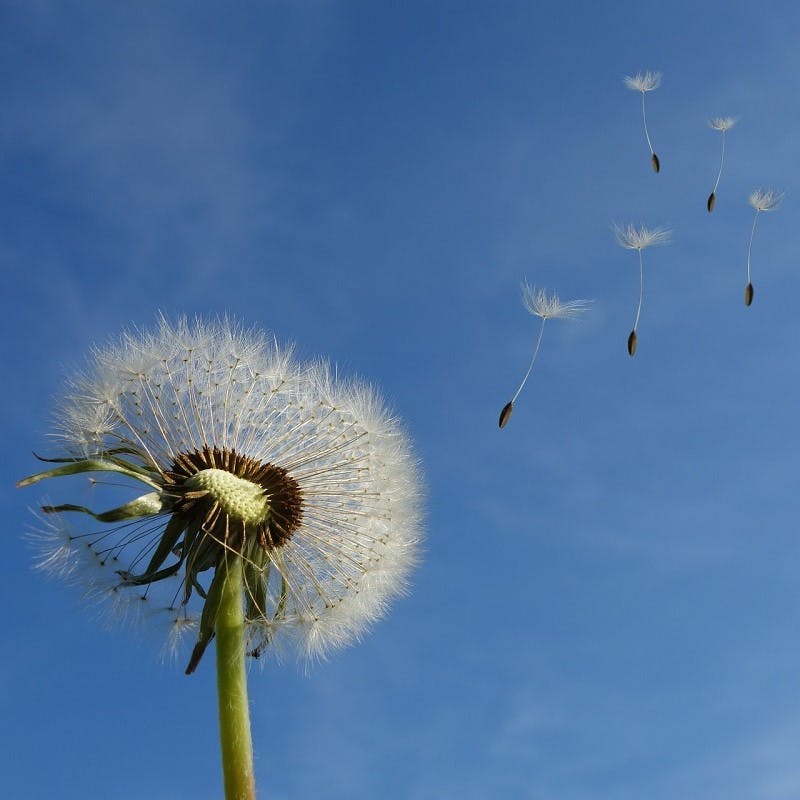
Onshore and Offshore wind farms
Onshore wind farms are usually found in areas of open land, such as the countryside and other unpopulated rural areas. They generate most of the UK’s wind power and are less susceptible to damage compared to those offshore. However, due to obstacles such as buildings and hills that can affect airflow, their level of performance depends greatly on location.
Offshore wind farms are constructed at sea where they can take advantage of high wind speeds. Due to their maritime location, offshore wind turbines are built larger and taller than their onshore counterparts. Although turbines in water are more expensive to install than on land, they can generate much more electricity due to higher wind speeds at sea. Since they’re also far away from homes and offices, they also avoid any visual and noise interference.
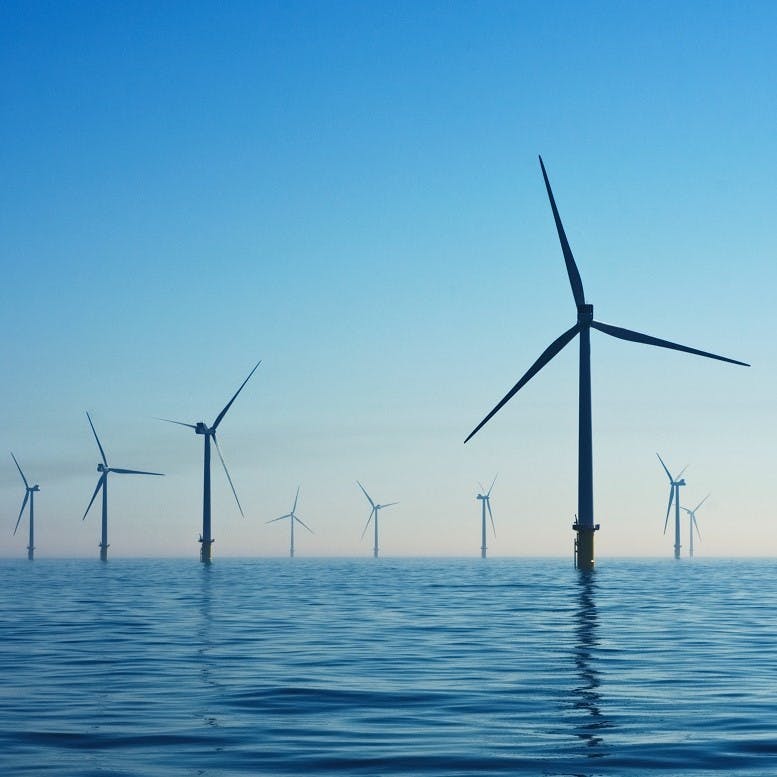

Take action now
Do you want to have a direct impact on climate change? Sir David Attenborough said the best thing we can do is to rewild the planet. So we run reforestation and rewilding programs across the globe to restore wild ecosystems and capture carbon.
Get involvedReasons why wind energy in the UK has a bright future
Wind is currently the UK’s primary source of renewable energy. Given that the country receives 40% of Europe’s wind, British turbines spin 70 - 80% of the time. Wind energy accounted for 15% of the country’s entire electricity supply in 2018 and powered 12.7 million homes.
Wind energy is also relatively cheap to generate. Offshore wind farms, in particular, cost less to construct than fossil fuel power stations. What’s better is that the cost of wind energy is decreasing. This is evident from the huge 63% drop in operational costs over six years. While it used to cost €177 / MWh (megawatt hour) in 2011, this fell to just €65 / MWh in 2017.
Job creation in the wind power industry has risen in recent years. Project managers, technicians and engineers were among the roles sought after by turbine manufacturers in 2018, when around 42,000 jobs were generated. The renewable industry is predicted to create around 13,000 more jobs by 2020 if the trend is to continue.
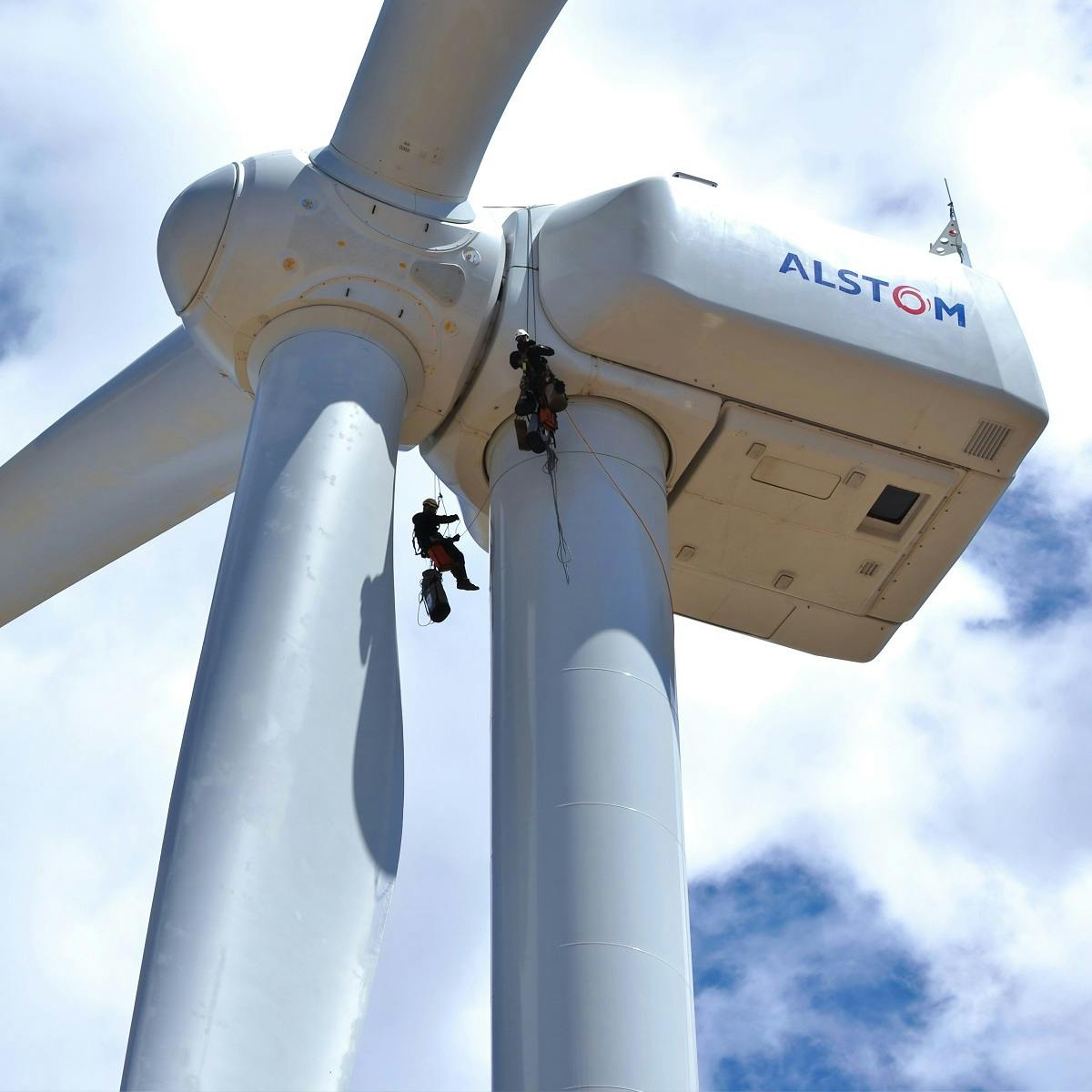
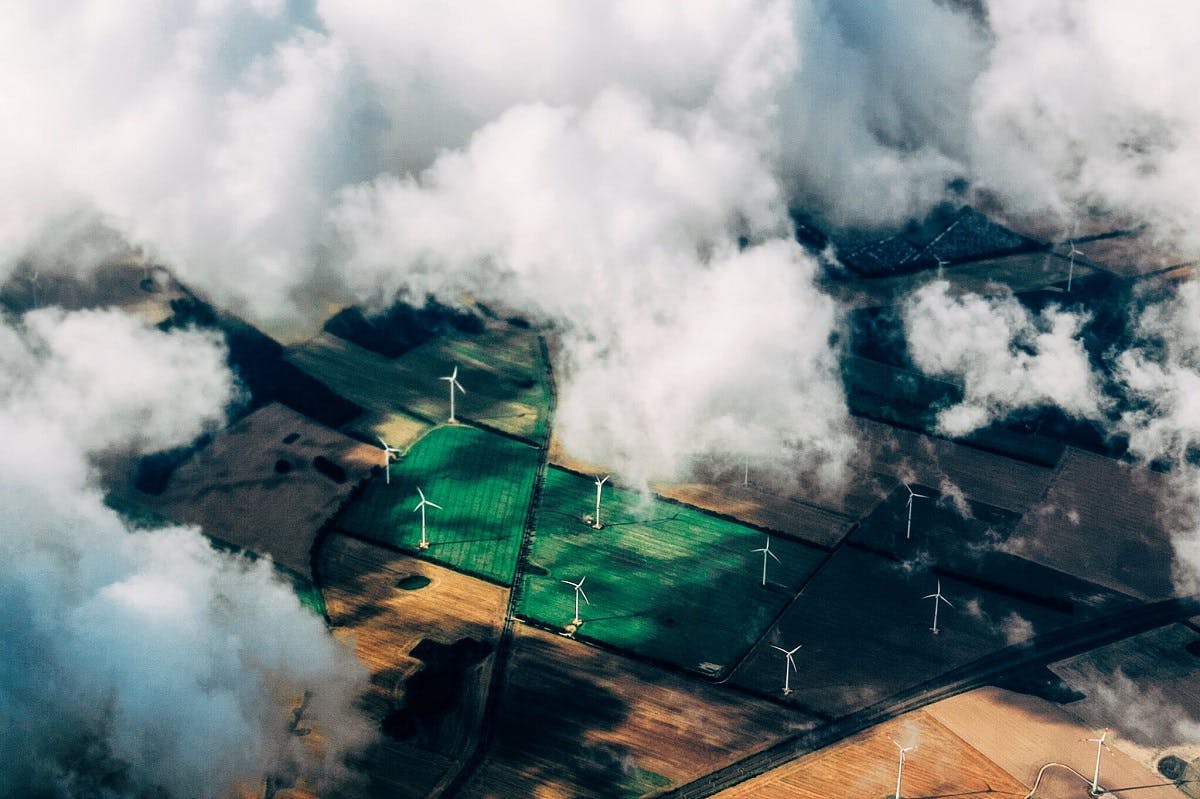
Wind energy in the news
Scottish Power recently announced plans to extend its wind farms despite the government’s removal of incentives for new onshore wind projects. The Big Six energy supplier expects the government to bow down to pressure and reverse David Cameron’s decision in 2015, which would facilitate the country’s target of creating a carbon-neutral economy by 2050.
Scottish Power is considering 100 plots of land for development, most of which are located in Scotland. Whitelee and Aberdeen Bay wind farms are just two of the sites which deliver electricity to millions of homes across Scotland.
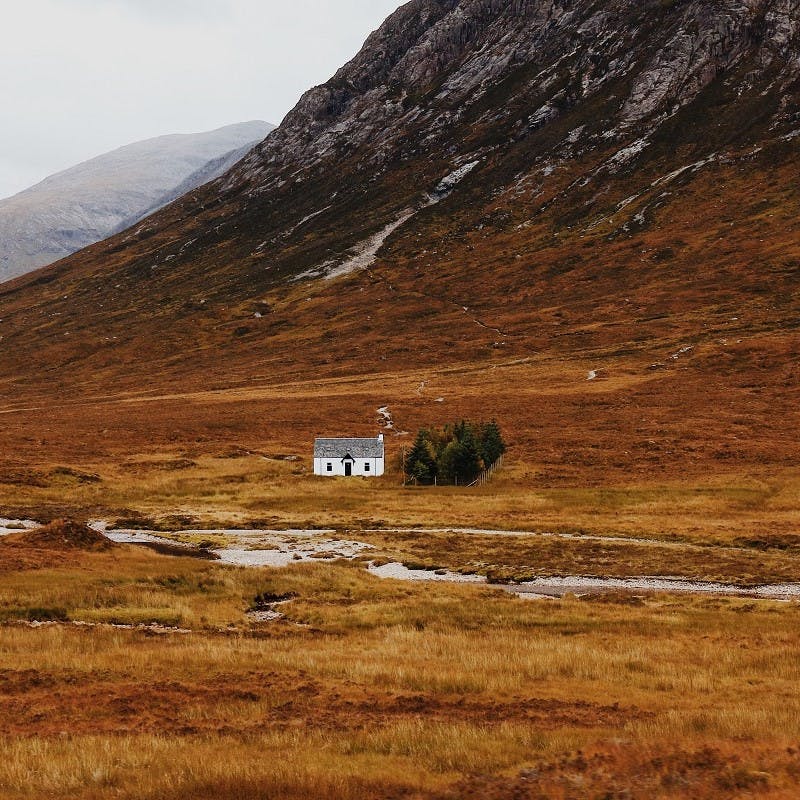
DIY Wind energy | Going it alone
When thinking of renewable energy at home, solar panels are the popular choice. Nevertheless, you can also install a small wind system to help you power your home. A residential 6kW turbine can generate around 9000kWh a year, can save around 3.4 tonnes of carbon dioxide per year, it should last you around 20 years and not least it’s an energy system with zero emissions and pollution. As the turbine is dependent on wind and not sun, it can produce power 24 hours a day. If you live in the UK, same as for solar energy, you can apply for the Smart Export Guarantee (replacement for the Feed-in Tariffs), which is a new support mechanism, through which small-scale generators are paid for the renewable electricity they export to the National Grid.
There are however some cons: small wind turbines only make sense if you live in a windy and rather isolated space, upfront costs are rather expensive - £9000 to £30.000 compared to £6000 for solar PV system- and some larger systems can be noisy.
If wind energy is still the right choice for your home these are the steps you need to follow:

A checklist for installing a wind turbine at home
- Inform yourself - find out about the wind resources in your country/city/area and the requirements to start such a project, such as permits, zoning and neighbourhood covenant issues. To estimate your wind resource - an economically viable turbine requires an average wind speed of at least five meters per second - you can consult wind resource maps or online calculators, obtain wind speed data from a nearby airport or a local small wind system.
- Find the right wind turbine system for you - you can discover the best wind turbines for the home in these reviews by Renewable Resources Coalition and WhatsOrb Global Sustainability X-Change.
- Assess your house and surroundings - check for an exposed location, without obstacles such as trees or buildings
- Check if you can connect to the grid.
- Research and file any necessary permits - we suggest starting with these guides on permits for installing and maintaining wind systems by Energy Saving Trust (UK) and Department of Energy (USA).
- Buy the equipment- you can choose between a pole mounted and a building mounted system. The first type is free-standing and generates more energy, is therefore more expensive, second is cheaper, smaller, and can be installed on the roof, has however a lower generation capacity.
- Install - manufacturer should be able to help you install the system. You could do it yourself but you need some pre hand knowledge about electricity, batteries and some technical expertise (e.g. pouring a cement foundation)
- Maintain your system - this can include: checking and tightening bolts, checking for corrosion (yearly), and replacing turbine blades and off-the-grid batteries (after 6-10 years)

The future of wind power in Britain
Wind is widely considered to be a very clean source of energy with an extremely low carbon footprint. Comparing its emissions with those from fossil-fuel power stations, just one wind turbine displaces 2,365 tonnes of CO2 every year. If the UK Government is to meet its target of a carbon-neutral economy by 2050, Britain will need to build at least 1,000MW of onshore wind projects every year for the next thirty years.
Most of the UK’s population backs the development of wind power, with support from 79% of survey respondents between 18 to 44 years old. Public support is in line with increased investment in this sector. According to the UK Minister for Energy and Industry, Richard Harrington, £17.5bn will be invested in offshore wind.
The expansion of wind power in Britain is an encouraging step towards a cleaner environment and affordable green electricity. As operating costs decrease, new opportunities will emerge not just in terms of wind turbine construction but also national grid upgrades to make the green energy transition a reality. The future of wind energy in the UK is looking brighter than ever.

Sources & further reading

- “The Switch” - The Switch
- “Selectra” - Selectra